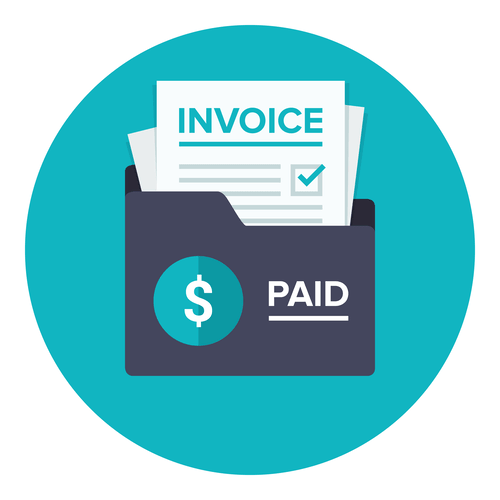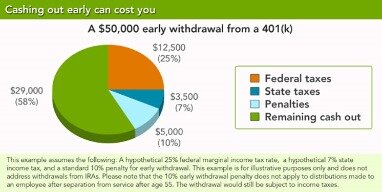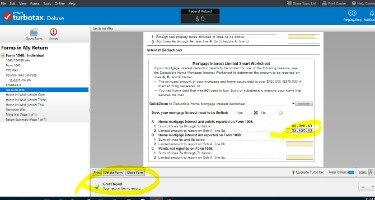Content

In the books of retailer/wholesaler, the purchase account is debited and the manufacturer’s account is credited by the discounted amount. Man climbing a rope The same general approach may apply to the acquisition of securities. If the investor buys on margin, the brokerage may provide some type of https://www.bookstime.com/ if the amount of the margin is paid off within a specific period of time after the trade order is executed. Should circumstances not allow the investor to retire the debt obligation within that time frame, he or she will be liable for paying the agreed upon market price, plus any standard brokerage fees that apply to the transaction. 3)Decrease in Operating cost -small businesses enjoy reduced cost of operations when trade discount is extended to them. Trade discounts, especially for smaller businesses, can lower operational business costs.
What is trade discount?
A trade discount is a reduction in the list price of a product or service. It is typically offered to customers that offer large amounts of repeat business, that purchase product in significantly large quantities, or that are otherwise considered to be important to the seller.
Typically, the discounted price is subtracted when the item is purchased and the invoice is created. It is a common business practice among manufacturers to offer trade discounts to retailers and wholesalers. Trade discount is generally offered in the form of a percentage on the list price/maximum retail price of goods. It is reduced from the list price of goods when goods are purchased by wholesalers and retailers in large quantities.
Journal Entry: How to Record Trade Discounts?
One of the great arguments which has been going on for many years is as to whether this is a trade discount or not. 4)Financial losses through bad debts written off-the extension of trade credit will lead to some buyers defaulting their debt obligation which may translate in to cash lost through bad debts written off. Trade discounts prompts the business to continue generating more cash which makes it possible to meet debts as and when they fall due. This minimizes chances of being put under liquidation by third parties.
2 Big Discounts On Mortgage REITs – Seeking Alpha
2 Big Discounts On Mortgage REITs.
Posted: Tue, 29 Nov 2022 05:25:00 GMT [source]
In contrast, a cash discount is allowed to the customers only on cash payments. Cash Discount recorded at the debit side of the cash book as discount allowed, whereas discount received appears at the credit side of the cash book. List Price is the proposed retail price, which the manufacturer or distributor decides, and is listed in their catalog. The difference between the list price and the amount of discount is the net price.
AccountingTools
A shipping company decides to begin offering a trade discount to its corporate customers that ship a high volume of packages. The trade discount is based on the number of packages shipped per month. The company decides that any corporate customer that ships over 10,000 packages per month will receive a 5% trade discount. These purchases may be a one-time buy with substantial savings offered for purchasing the items in very large quantities. These discounts are typically used for large items, close-out products, or items that are purchased in large quantities.
- We do not think you can call it a trade discount, and we must hand you this money.
- The articles and research support materials available on this site are educational and are not intended to be investment or tax advice.
- Consumers paying a lower price for product may choose to purchase more to take advantage of the company’s trade discounts.
- Thus, no record is to be maintained in the books of accounts of both the buyer and seller.
- Although trade discounts reduce the amount of gross profit on the sale of individual goods or services, companies often make this profit back through volume sales.
Consumers paying a lower price for product may choose to purchase more to take advantage of the company’s trade discounts. Small businesses can use trade discounts to increase their purchasing power. Purchasing power is commonly defined as the amount of goods a business or individual can purchase at a specific price. Small businesses saving money through supplier or vendor trade discounts can use this saved capital for purchasing other resources or inputs. Additional purchases can include improvements to production facilities, additional employees for increasing output or other purchases for improving business operations.
Explanation: When Is Trade Discount Given?
The articles and research support materials available on this site are educational and are not intended to be investment or tax advice. All such information is provided solely for convenience purposes only and all users thereof should be guided accordingly.
- She had also asked for a trade discount from the local undertaker, for providing him with plenty of business.
- A trade discount may be applied to the purchases of goods or services from a supplier, the acquisition of investments via a broker or a dealer, or retail sales that occur between a retailer and a consumer.
- About the Author – Dr Geoffrey Mbuva(PhD-Finance) is a lecturer of Finance and Accountancy at Kenyatta University, Kenya.
- Manufacturers and wholesalers typically produce catalogs for customers and vendors to order products from.
- Therefore, with the increase in the volume of purchases, the rate of discount also increases in general.
Companies offer trade discounts to customers that they consider to be important and want to retain as clients. This can stem from things such as the amount of business that is provided by the customer or the length of the time that they have been a customer. Other reasons for offering trade discounts may include increasing sales, increasing product turnover, or offering an incentive for customers to purchase a product in larger quantities.
Trade discount
Mr. X purchased goods from Mr. Y for a list price of $8000 on April 1st, 2018. Mr. Y allowed a 10% discount to Mr.X on the list price for purchasing goods in bulk quantity. Further, a discount of $500 was allowed to him for making an immediate payment. Suppose James purchased goods from Ali of the list price of Rs. 50,000, on July 1, 2021.
The gross amount is used solely for computing the discount amount by applying the discount percentage to arrive at the net sales/purchase amount. It is a discount allowed on a product as a reduction to the retail price.
Terms Similar to Trade Discount
Nevertheless, a functional discount sometimes refers specifically to a reduction in list price granted to members of a seller’s distribution channel to reward them for their function in the supply chain. The only journal entry made is for the final net price ($9,500) at which the exchange takes place. The list price ($10,000) and the trade discount ($500) are not separately entered into the accounting records. As explained above, the amount of trade discount is not recorded anywhere in the books of accounts. The transaction of sale/purchase is recorded in the accounts of both parties by the discounted amount.
- List Price is the proposed retail price, which the manufacturer or distributor decides, and is listed in their catalog.
- Nevertheless, a functional discount sometimes refers specifically to a reduction in list price granted to members of a seller’s distribution channel to reward them for their function in the supply chain.
- Finally, in a trade discount system, the supplier is forced to be paid cash, regardless of his cash flow.
- Solicited Discount Proration has the meaning assigned to such term in Section 2.11.
- Even small retailers may choose to extend a trade discount to consumers or other small businesses within the area.
It is reported annually, quarterly or monthly as the case may be in the business entity’s income statement/profit & loss account. Definition and synonyms of trade discount from the online English dictionary from Macmillan Education. There was no trade discount, no reckoning twelves as thirteens, no commission, and no credit of any kind whatever.









